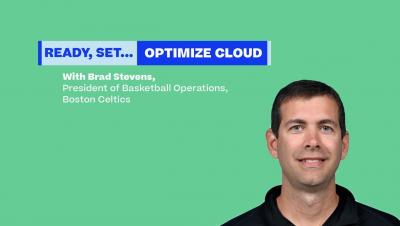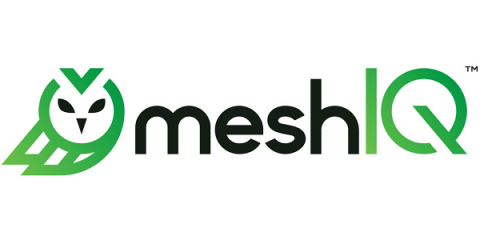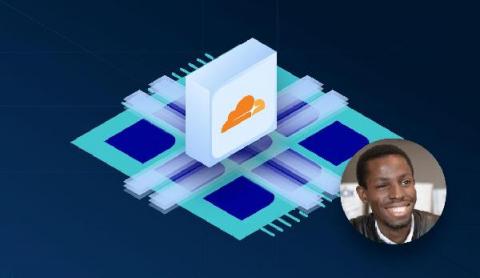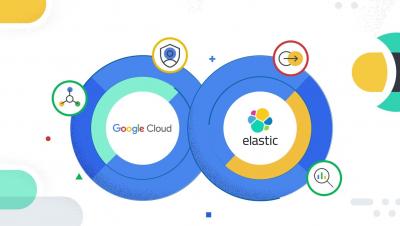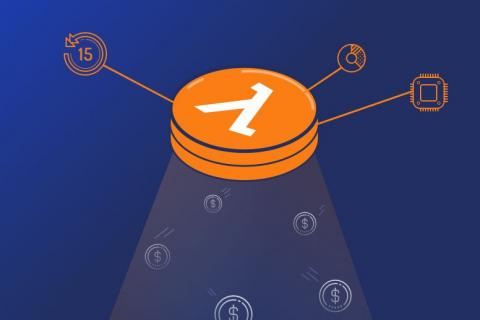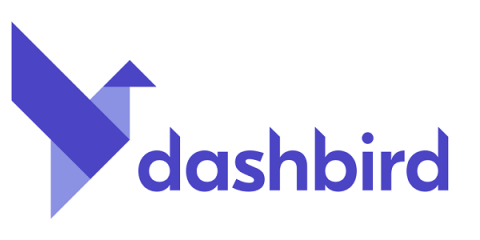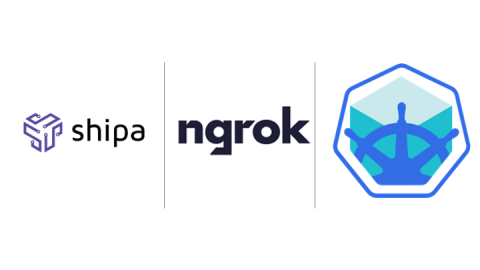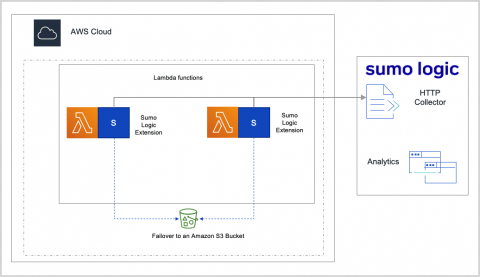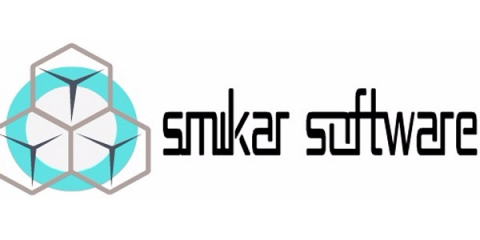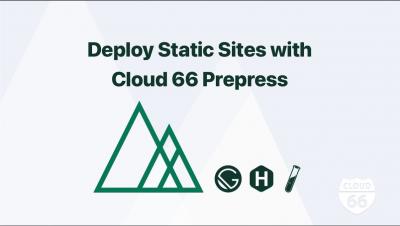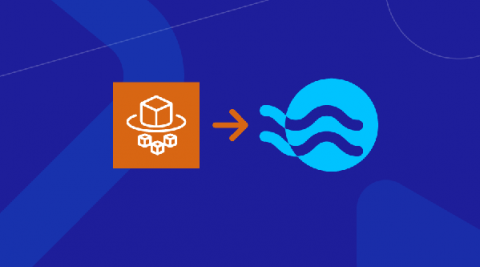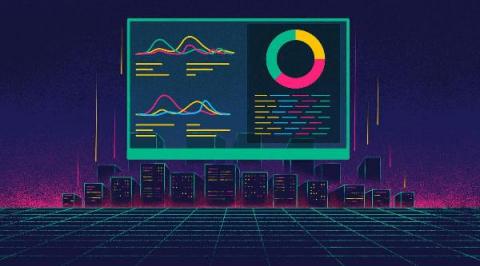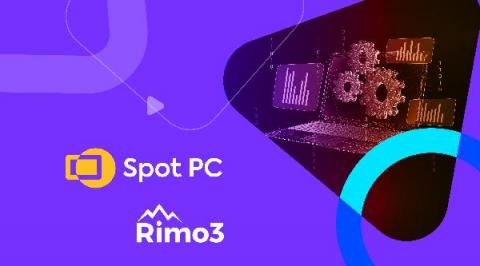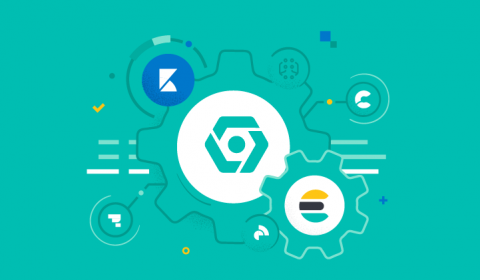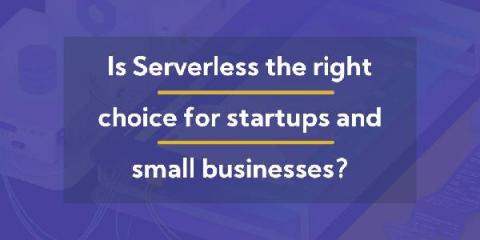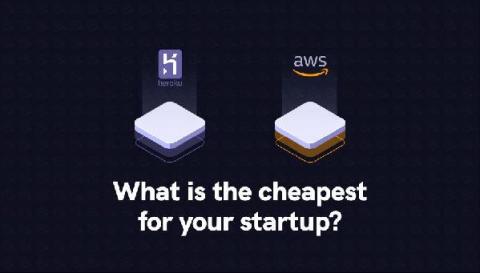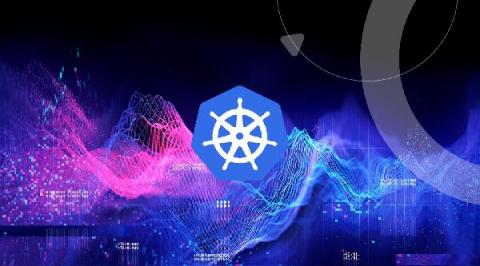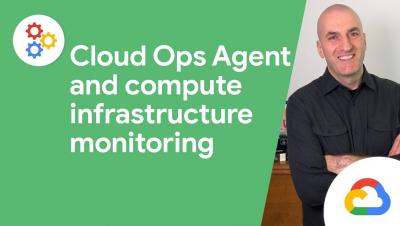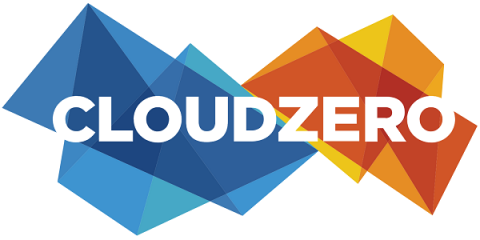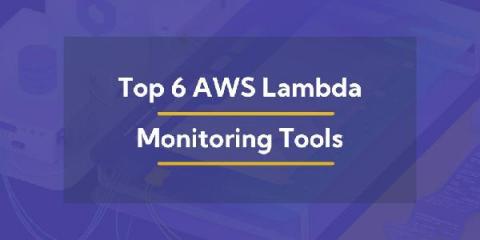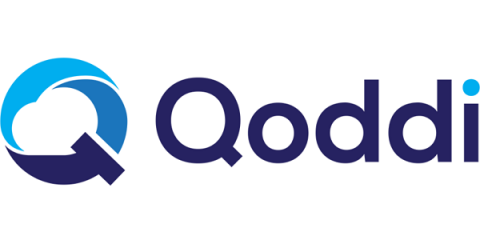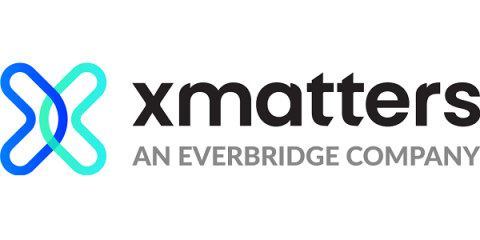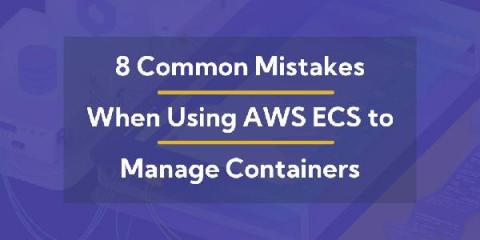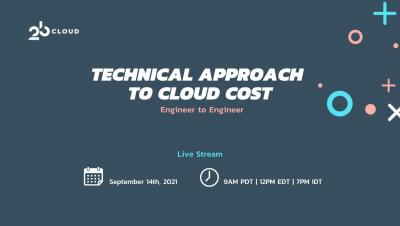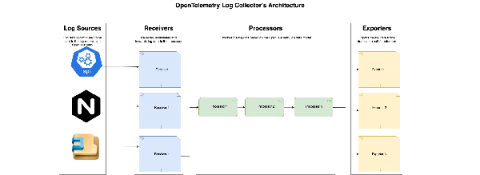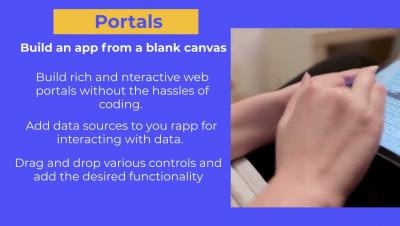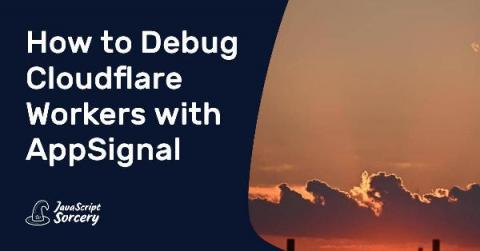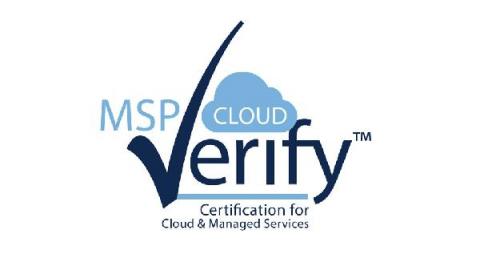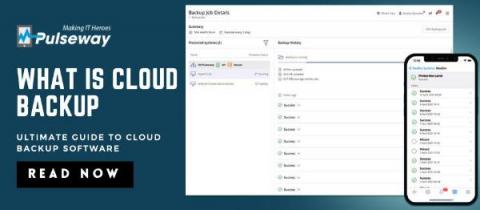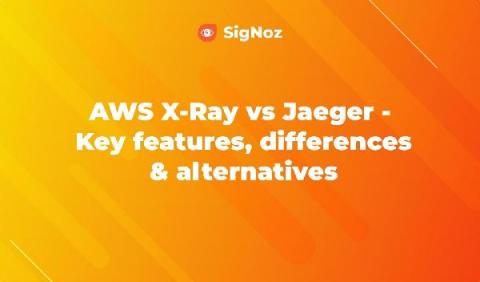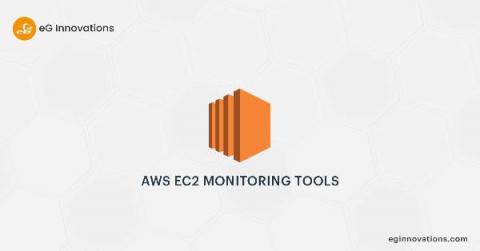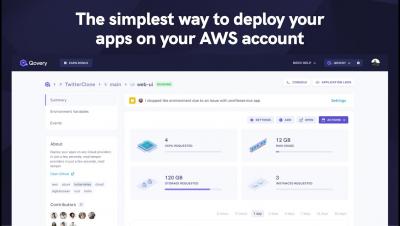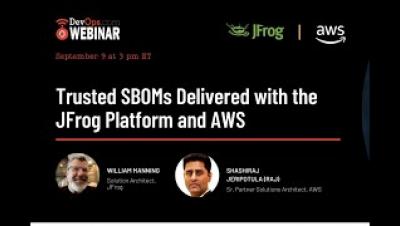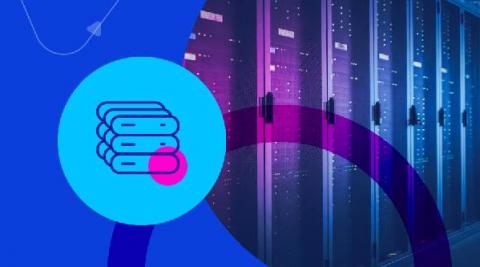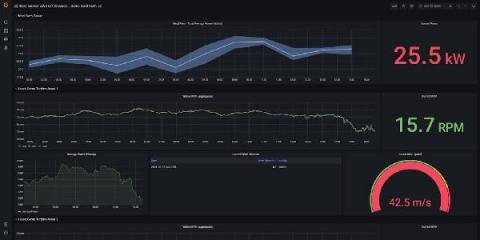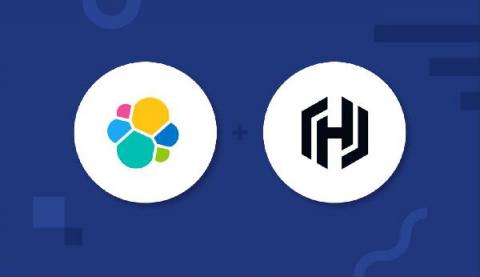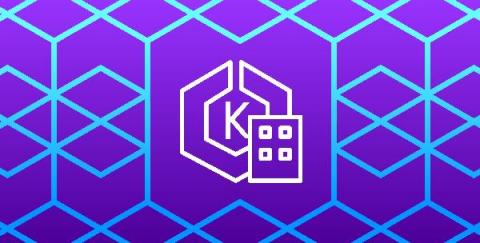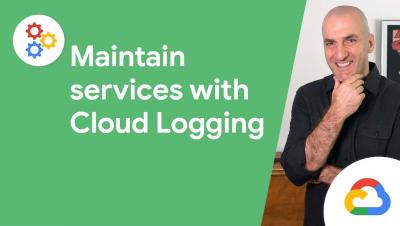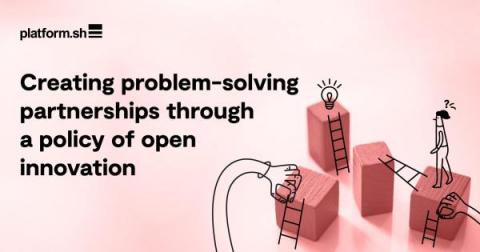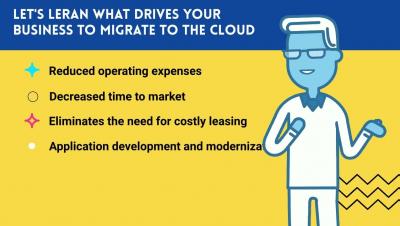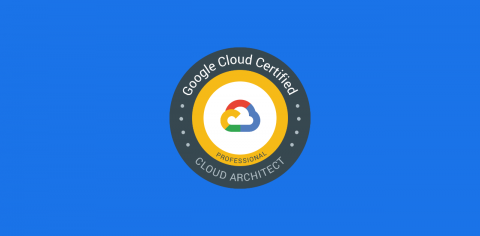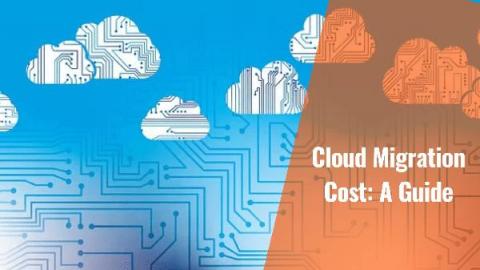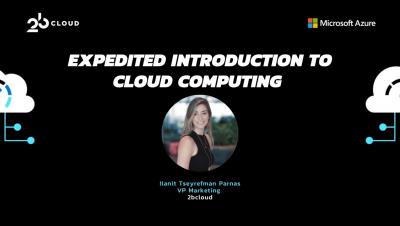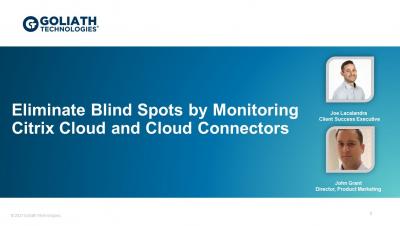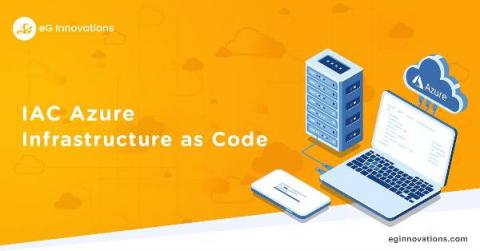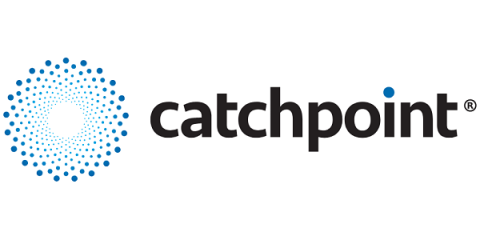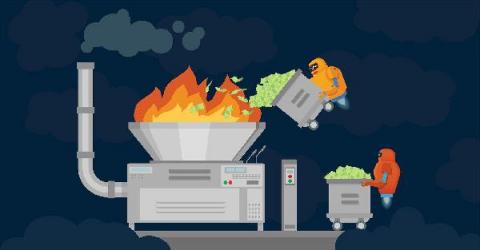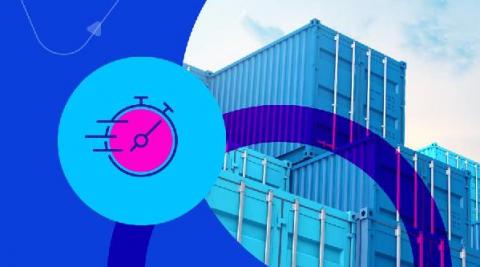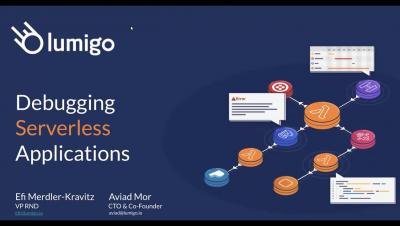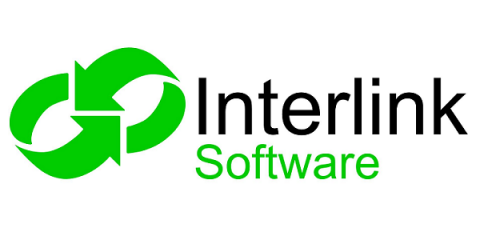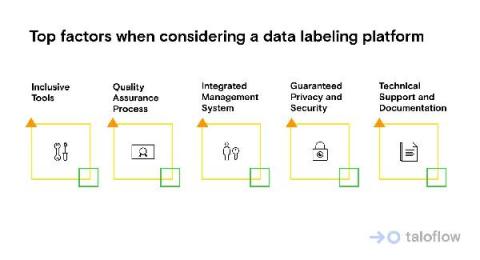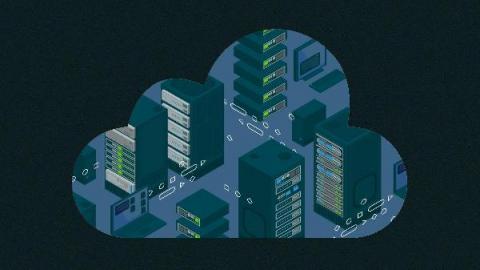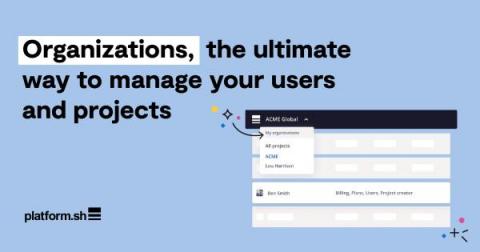Operations | Monitoring | ITSM | DevOps | Cloud
September 2021
Evolve hybrid cloud security to meet COVID-19 challenges
Remote work poses new demands for hybrid cloud security. Here’s how organizations can protect themselves from security threats in this complex landscape.With employees continuing to work from home to meet the social distancing requirements of COVID-19, more people are juggling business with personal engagements, at times outside normal business hours. Often, they’re using their mobile business laptop, as well as a plethora of additional wireless mobile devices.
Announcing Support for AWS Lambda Functions running on AWS Graviton2 processors
AWS Graviton2 processors use the Arm architecture to provide high-efficiency, low-cost computing. AWS already offers the ability to provision EC2 instances powered by Graviton2, and Datadog is proud to partner with them for the launch of new Graviton2 compute resources for Lambda functions. In this post, we’ll discuss how Datadog can provide deep visibility into your Lambda functions across whichever platform you’re using.
Protecting internal services with Cloudflare Access
Put your data to work with Elastic on Google Cloud [Official Partnership]
Learn How To Handle AWS Lambda Timeouts
Next Generation AWS Lambda Functions Powered by AWS Graviton2 Processors
Modern computing has come a long way in the last couple of years and the introduction of new technologies is only accelerating the rate of advancements. From the immense compute power at our disposal to lightning-fast networks and ready-made services, the opportunities are limitless. In such a fast-paced world, we can’t ignore economics.
Graviton-Based Lambda Functions, What It Means For You
AWS just announced support for AWS Lambda functions powered by AWS Graviton2 processors. These are 64-bit Arm-based processors that are custom built by AWS and offer a better price to performance ratio. In this post, let me take through what we have learnt about this new option and what it means for you.
Good Vs. Bad FP&A: 5 FP&A Best Practices You Should Be Using
Top 3 Tools to Monitor Python in AWS Lambda
Comparison of top observability and debugging tools to help you monitor Python in AWS Lambda.
Shipa Cloud with Your Minikube Cluster
Embracing any new technology stack can certainly be a journey. No matter if this is your first time using Kubernetes or you have been on the Google Borg Team, getting up and started with Shipa Cloud is a breeze. You can bring your own Kubernetes Cluster and sign up for a Shipa Cloud account and you are well on your way to Application as Code excellence. Leveraging minikube is a free way to take a look at Shipa Cloud.
Sumo Logic Extends Monitoring for AWS Lambda Functions Powered by AWS Graviton2 Processors
Taming Hybrid Cloud Complexity: One Platform for Monitoring Your IT Universe
Achieving PCI DSS Compliance in the Cloud
In the current digital world, businesses should ensure that they protect cardholders’ data at all costs. As such, any business that stores, processes, or transmits cardholder data or any other sensitive information should comply with the latest Payment Card Industry Data Security Standards released in 2018. However, this can be overwhelming for most decision-makers. Below is a guide on how you can achieve PCI DSS compliance for your cloud operations.
Cloud 66 Prepress: Build & deploy any Jamstack site on your own cloud
The Cost of Going Before You Know
Like many things in life, when you’re new to the cloud you don’t know what you don’t know. Given that migrating workloads to the public cloud is often a key component of a business transformation initiative, you want to avoid a long, expensive learning curve—especially since accelerating time-to-value is often a major impetus for the move.
Pulsant Cloud
We provide cloud capabilities to transform operations and drive your business forward
YOUR CLOUD, YOUR WAY
Find out more: https://www.pulsant.com/services/managed-cloud/
Import ECS Fargate into Spot Ocean
AWS Fargate is a serverless compute engine for containers that work with both Amazon Elastic Container Service (ECS) and Amazon Elastic Kubernetes Service (EKS). With Fargate handling instance provisioning and scaling, users don’t have to worry about spinning up instances when their applications need resources. While this has many benefits, it’s not without its share of challenges which can limit its applicability to a wide variety of use cases.
What are AWS Log Insights and How You Can Use Them
Within this blog post, we’re going to take a look at AWS Log Insights and cover some of the topics that you will find useful around what it is, how to use it, and how it can link in with our various solutions.
Reliable Applications for Cloud Desktops with Spot PC and Rimo3
Moving employees to Azure Virtual Desktop (AVD) or Windows 365 can have many advantages, including: But migrating to a virtual desktop environment also has its challenges. Perhaps the largest is ensuring that applications can be installed on the virtual desktop environment. And then, beyond installation, ensuring that each application performs at least as well as in the users’ former environment.
Ingest data directly from Google Pub/Sub into Elastic using Google Dataflow
Today we’re excited to announce the latest development in our ongoing partnership with Google Cloud. Now developers, site reliability engineers (SREs), and security analysts can ingest data from Google Pub/Sub to the Elastic Stack with just a few clicks in the Google Cloud Console. By leveraging Google Dataflow templates, Elastic makes it easy to stream events and logs from Google Cloud services like Google Cloud Audit, VPC Flow, or firewall into the Elastic Stack.
The data-driven organization is within reach - if CIOs can tap the power of cloud
Most companies don’t really put their data to work. These strategies can enable IT leaders to maximize value of cloud investments and drive business growth The amount of data businesses store in the cloud is growing 33% per year. Yet more than two-thirds of that information is never used. This failure is undermining CIOs in critical ways.
Serverless benefits for startups
I’ve had a great conversation with a buddy of mine who is launching a new service, and while he is not a technical person, he came up to me asking about serverless and if it could have an actual impact on his startup. Naturally, I got very excited about the topic and proceeded to list all the benefits of serverless technology and how decentralized technology has revolutionized the industry, so on so forth. After a 15-minute monologue, the guy stops me and politely asks me the question again.
Heroku vs AWS: What is the cheapest for your startup?
In today's digital age, the internet and computer technologies have become a part of our lives. Organizations are moving their applications to the cloud to gain benefits of flexibility and lower costs. Heroku and AWS are two popular cloud service providers. AWS is a cloud services platform offering computing power, database storage, content delivery, and many other functionalities. Users can choose individual features and services as required.
Breaking The Tag Barrier: A Better Way To Organize Cloud Spend
Controlling Cloud Cost Requires a Change in IT Financial Perspective
Use Ocean's Cluster Roll to update nodes
Kubernetes has what you may consider an aggressive release cycle. There have been three to four releases per year since 1.0 was released in July of 2015. Perhaps you’ve found it all too easy to get behind a couple of versions. Running the latest, or nearly latest release will help protect your organization from security issues. This is because releases are deprecated once they fall three minor versions behind the latest. Staying current isn’t just about security though!
Building a frictionless Azure support workflow
Tutorial: Setting up AWS CloudWatch Alarms
AWS CloudWatch is a service that allows you to monitor and manage deployed applications and resources within your AWS account and region. It contains tools that help you process and use logs from various AWS services to understand, troubleshoot, and optimize deployed services. I’m going to show you how to get an email when your Lambda logs over a certain number of events.
Monitoring compute infrastructure with the Cloud Ops Agent
The Legacy Of Infrastructure As Code: CloudZero Dimensions Transform Cloud Cost
10 Advantages of Deploying Dynamics 365 Business Central
Specifically intended for small and medium-sized companies seeking an all-in-one intelligent ERP solution that is simple to use, adaptable, and implemented in the cloud or on-premise, Dynamics 365 Business Central is a powerful and flexible solution. Deploying Dynamics 365 Business Central bring a lot of advantages for businesses that are ready for embracing digital.
CloudZero Launches First Code-Driven Approach To Organizing Cloud Spend
Ensure First Come First Served using Azure Service Bus
Top 6 AWS Lambda Monitoring Tools
Monitoring AWS Lambda performance plays a crucial part in your everyday AWS Lambda usage. Monitoring helps you identify any performance issues, and it can also send you alerts and notify you of anything you might need to know. The world is slowly getting to a point where machines and computers will be flawless, but until then, if we let them perform various tasks for us, we could at least monitor their performance.
The Fine Line Between Confidence and Delusion in the Cloud
In a recent survey of hybrid cloud decision makers, we uncovered a disconcerting trend. The vast majority of respondents reported that they are confident in their existing tools and capabilities for a whole host of activities necessary to manage cloud performance and spend … and yet they don’t have many of the tools that are actually needed to perform those tasks.
Qoddi student program
Students around the world are using FlashDrive to build research or studies projects and we love to see more and more each day using FlashDrive free tier to build education-related projects. We know that sometimes the Free tier is not enough to build big data project or simply projects that require a lot of dependencies or several micro-services working together.
Ensure First Come First Server using Azure Service Bus
3 Ways to Use the xMatters and Microsoft Azure Monitor Integration
For a number of years, the debate on DevOps vs. ITIL has divided many technology teams. On the surface, both practices seem at odds with one another—DevOps harnesses the power of human collaboration and communication to support innovation, while ITIL utilizes a more systematic and structured approach to deliver service quality and consistency. But, if we take a deeper look, you’ll find that not only can DevOps and ITIL co-exist, they can even complement each other.
8 Common Mistakes When Using AWS ECS to Manage Containers
In this article, we’ll discuss the potential pitfalls that we came across when configuring ECS task definitions. While considering this AWS-specific container management platform, we’ll also examine some general best practices for working with containers in production.
Technical approach to cloud cost management
observIQ Cloud and the OpenTelemetry Collector
Our log agent is powerful, efficient, and highly adaptable. Now, with OpenTelemetry setting new standards in the observability space, we wanted to incorporate that collaboration into our log agent and offer our users the ability to take advantage of the OpenTelemetry ecosystem. Starting today, you can upgrade the log agents in your observIQ account to the new Open Telemetry-based observIQ log agent with a single click.
FinOps Tools: Supercharge Your Investment with Optimization
The Complete Cloud Operations Guide: 5 Best Practices For Success
Aiven for PostgreSQL 13 performance on GCP, AWS and Azure [Benchmark]
What is Power Apps and It's Business Value?
How to Debug Cloudflare Workers with AppSignal
In this article, you’ll learn how to capture error logs in your Cloudflare Workers application using AppSignal. We’ll build a simple workers project and integrate AppSignal’s code to collect the necessary metrics. We’ll also learn how to utilize AppSignal’s dashboard to analyze and track errors. Let’s get stuck in!
How to Retain Customers on your SaaS Platform: Four Key Techniques
New customer logos may be the lifeblood of top-line revenue growth and the focus of sales and marketing teams. But renewals have emerged in the last few years as a key growth driver for SaaS companies. A recent McKinsey study indicated that existing customers can drive between a third and a half of new revenue growth, even at startups. And we’ve all seen the data that says new customer acquisition costs 5X as much as customer retention.
Canonical's managed services achieve MSP Cloud Verify Certification
London, UK – Canonical, the publisher of Ubuntu, today announced the completion of the MSP Cloud Verify Certification (MSPCV) for its support and managed services. The MSPCV certification, further strengthens Canonical’s industry-leading open source offering, reassuring customers in all industries that they can securely consume open source in a regulated fashion that complies with all the industry standards and best practices.
Benefits of Microsoft Cloud for Healthcare
As we know, the Covid-19 has a drastic impact on almost every industry including healthcare organizations, where the health care workers and healthcare teams are bearing the heaviest impact from this pandemic. Moreover, the pandemic transformed the way healthcare organizations approach care team collaborations and interactions with the patient.
What Is Cloud Backup?
Cloud backup is the process of replicating data that is stored in a physical location and transferring it into a virtual, off-site cloud server for safekeeping in case of an unexpected incident or disaster. In other words, cloud backup is a service that businesses use to back up their systems, servers and data to a remote, cloud-based server.
Pulsant Cloud Maturity Matrix
UKCloudX delivers Defence Digital's vision of data as a strategic asset through new Defence Cloud initiative
UKCloudX delivers Defence Digital's vision of data as a strategic asset through new Defence Cloud initiative
AWS Lambda vs Azure Functions vs Google Cloud Functions
Serverless computing is on the rise, having already earned the mantle of “The Next Big Thing”. For developers, serverless computing means less concern regarding infrastructure when deploying code, as all computing resources are dynamically provisioned by the cloud provider. Pricing is generally on a pay-as-you-use model and is based on resources consumed – which is in line with modern business principles of “on-demand”, flexibility and rapid scaling.
AWS X-Ray vs Jaeger - key features, differences and alternatives
Overprovisioned and Overspent: Optimize Before You Lift and Shift
Monitoring Amazon AWS Cloud
It is incumbent on cloud operations teams to choose the correct type of AWS EC2 instance relative to the underlying application. The wrong choice could adversely impact business and user experience. This article walks through a customer case study where the EC2 instance choice impacted their business.
3 Ways to Use the xMatters and Google Operations Suite Integration
Not too long ago, you would have needed development experience to oversee the delivery of scalable and reliable software. But with the rise of low-code and no-code tools, that requirement is now obsolete. What used to be hours of coding has turned into a few minutes of dragging and dropping.
Destination Transformation: Planning Your Cloud Migration Journey
If the cloud is a destination you have planned for any of your enterprise workloads, then you need to be prepared to navigate the journey that is the cloud migration process. It’s not unlike planning for a physical trip to a fabulous destination (or maybe we’re just really really ready to start traveling again). Either way, we’ve got some travel tips to ensure that your cloud-bound workloads have a great trip.
Maximizing Your Reserved Instances (RIs) in AWS, Azure, and Google Cloud The Definitive Guide
The simplest way to deploy your apps on your AWS account
Trusted SBOMs Delivered with the JFrog Platform and AWS
Mounting FSx for ONTAP volumes to Kubernetes pods
Last week, AWS and NetApp announced the general availability for AWS FSx for NetApp ONTAP. In this blog post, we’ll go through the steps to create a FSx for ONTAP filesystem, and you’ll learn how to create volumes using Kubernetes resources with Astra Trident, and how to mount those volumes to pods. As a prerequisite, make sure to register to the Spot platform, connect your AWS account and have a Kubernetes cluster connected to Ocean using the following guides.
How to use AWS IoT SiteWise Edge and Grafana to collect and monitor industrial data on-premises
The AWS IoT SiteWise plugin for Grafana was created to enable AWS IoT SiteWise customers to visualize and monitor industrial equipment data using Grafana dashboards. Industrial customers use AWS IoT SiteWise to collect, process, and monitor their industrial data at scale. This plugin allows them to use Grafana dashboards to monitor this data, stored by AWS IoT SiteWise in the AWS Cloud.
Elastic and HashiCorp partner to bring infrastructure-as-code to Elastic Cloud
Operations and SRE teams often rely on HashiCorp Terraform to safely manage production-related infrastructure using methodologies such as infrastructure as code, which allows you to apply peer-reviewed infrastructure changes in an automated and controlled fashion.
Announcing support for EKS Anywhere
Amazon Elastic Kubernetes Service (EKS) is a cloud-based compute platform that includes a fully managed Kubernetes control plane in order to simplify cluster operations. AWS introduced EKS Anywhere to bring the operational ease of EKS to organizations that manage on-premise environments (e.g., to meet data sovereignty requirements).
Maintaining reliable services with advanced Cloud Logging features
Creating problem-solving partnerships through a policy of open innovation
The world is full of problems. Any company trying to make a name for itself in the world is going to run right smack into those problems. But the world is also full of solutions. To better find and profit from those solutions, companies are increasingly embracing open innovation, an approach to solving problems in creative and unexpected ways by collaborating with customers, partners, and employees.
Why Migrate to Cloud Now?
Cloud or On-Prem? With Monitoring, It's Both-And, Not Either-Or
How Lowe's SRE reduced its mean time to recovery (MTTR) by over 80 percent
The stakes of managing Lowes.com have never been higher, and that means spotting, troubleshooting and recovering from incidents as quickly as possible, so that customers can continue to do business on our site. To do that, it’s crucial to have solid incident engineering practices in place. Resolving an incident means mitigating the impact and/or restoring the service to its previous condition.
Top 8 uses of cloud computing
The cloud is gaining widespread adoption. For many organizations, cloud computing has become an indispensable tool for communication and collaboration across distributed teams. Whether you are on Amazon Web Services (AWS), Google Cloud, or Azure. the cloud can reduce costs, increase flexibility, and optimize resources. If you have spent your career in buzzing server rooms full of cable nests, you may be wondering what all the fuss is about.
Cycle Podcast | Episode 7 "Vultr + Cycle.io"
Creating The Perfect Variance Analysis Report: 5 Best Practices
Why DDoS remains a bigger threat than ever in the age of the cloud
How to Build a Multi-Cloud Mindset
We often talk about migrating applications to THE cloud, or running workloads in THE cloud, as if the cloud is one, homogenous environment. The reality is, of course, far more complex. There are private clouds and public clouds—and different public cloud service providers (CSPs) that each have their own particular capabilities and strengths. Modern, digitally transformed businesses usually leverage a combination of these clouds.
Top 10 Tools For Google Cloud Architect
Google Cloud Platform is a complex suite of services that are aimed at satisfying client’s computing, storaging, and application operating needs. App Engine, Cloud SQL, Cloud Speech API, Deployment Manager ( just a share of ) are the proud services of a GCP. All of them are developed for optimizing business and making business-client relationships easy and comfortable for sealing the deals and conversions go high.
Cloud Migration Cost: A Guide
With cloud technology opening up a world of new business opportunities, it has become indispensable for many modern enterprises. From enriching business models and upgrading current infrastructure to delivering the finest customer services, the potentials of cloud technology are immeasurable. To benefit from the cloud, businesses are investing heavily in migrating or modernizing their existing systems to the cloud platform.
Pulsant Connect to your potential
Expedited Introduction to Cloud Computing
Eliminate Blind Spots by Monitoring Citrix Cloud and Cloud Connectors
Infrastructure as Code - IAC for Azure
Infrastructure as code and automating deployment and scale-up/down in Azure is becoming the new normal. Solution architects and system administrators are becoming coders and scripting is becoming part of their day-to-day job, whilst in parallel a raft of vendors is providing products to try and help avoid this need to script and address the shortage of staff with those skills to script and code this now necessary functionality.
Incident Review - AWS Outage Led To Spikes In Response Times For Applications Using AWS Services
On Tuesday August 31, users across large parts of the West coast (US-West-2 region) were impacted by major spikes in response time. Some of AWS’ most critical services were affected, including Lambda and Kinesis. SRE teams care about Service Level Indicators (SLIs) and Service Level Objectives (SLOs), and this practice is a must for SRE teams.
Why Your Cloud Costs Are So High (And What You Can Do About It)
Fast, highly available, shared storage for containers that natively integrates with your compute infrastructure
With containerized workloads now the norm, and Kubernetes the chosen method for orchestration, new ways of operating and managing the underlying infrastructure have emerged. In this Kubernetes-first world, the goal is to not have to think about managing compute or storage.
Advanced Serverless Debugging
Set up your cloud infra with Aiven - and chill, like Jill!
Full visibility of Microsoft Azure cloud service health - resolve issues before they impact on your customers.
For large digital enterprises Microsoft Azure and private cloud offering Azure Stack Hub have emerged as the strategic cloud platforms of choice for many organizations. Azure offers an open and flexible platform on which to quickly build, deploy and manage applications at scale.
Internxt - Say Hi to Privacy
An In-Depth Guide to Data Labeling - Tools, Best Practices & More
Top 6 advantages of software as a service
Of the many challenges faced by modern enterprises, managing a remote workforce is near the top of the list. Keeping distributed teams organized, engaged, and happy is crucial in today’s highly competitive and globalized business environment. Providing reliable, secure, and cost-effective software tooling is just one piece of this increasingly complex puzzle.
Modernizing Apps through Containerization instead of Lift and Shift
Lately, organizations are experiencing the urgency to containerize their age-old legacy applications in order to offer the best experience to their existing and new customers. Despite the great pressure on IT systems and organizations, modernizing mission-critical applications to ensure business continuity and stability is more of a necessity.
Organizations, the ultimate way to manage your users and projects
Organizations thrive on organization. But as the number of projects and contributors you organize within your organization grows, it becomes more and more difficult to organize your organizational permissions. That’s why we’ve introduced a new type of organizational layer that we’ve cleverly named Organizations. Organizations allow your key contributors to manage your projects and billing, thus removing the bottleneck on the legacy project owner.


